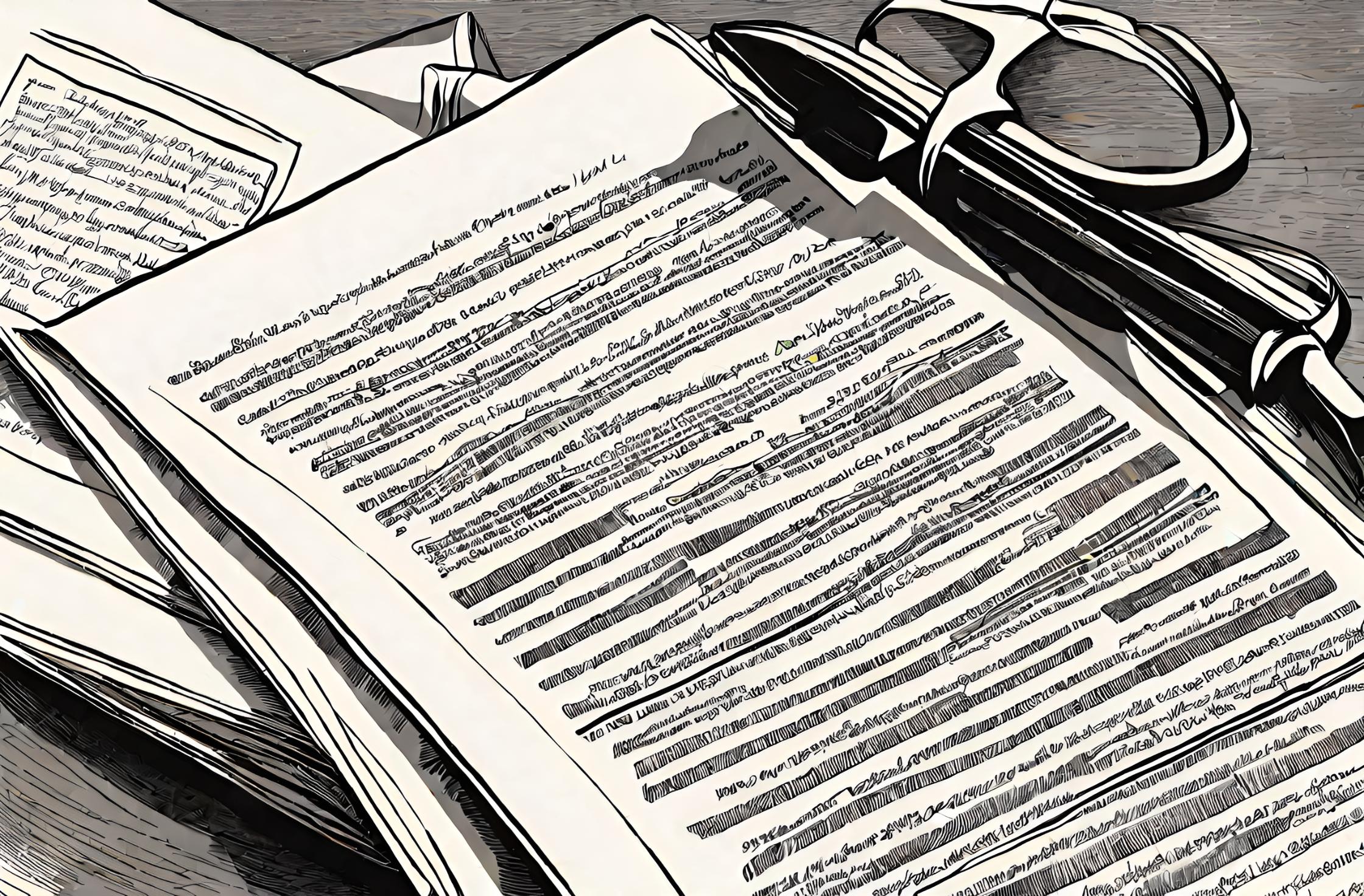Flashback to January 5
American History

The Bill of Rights, ratified by three-fourths of the states on December 15, 1791, stands as a cornerstone of American democracy. These ten amendments to the United States Constitution embody the freedom, rights, and principles that nurture the American spirit, and continue to shape this great nation’s identity even today.
December 15th holds a special significance, marking the moment when the United States decided to expand on the rights and freedoms inherent in the constitution. On this day in 1791, Virginia became the eleventh state to release its approval, therefore completing the ratification by the required three-fourths of the states. The Bill of Rights come to life, highlighting the determination of the states to guarantee specific protections to all American citizens.
But why was the Bill of Rights particularly important during this era? Post the revolutionary war, the newly-formed United States wrestled with multiple views regarding the central authority and the states’ rights. There was a collective ambition to preserve individual freedom post-British rule, causing many to fear excessive central control. The introduction of the Bill of Rights was crucial in putting to rest these fears, primarily by stating explicitly certain rights that the federal government couldn’t breach.
The first ten amendments form a sacred civic text that Americans have cherished for over two centuries. In this canon lies quintessential constitutional liberties, like the freedom of speech acknowledged in the First Amendment or the infamous Second Amendment, which protects the right to bear arms.
Every American cherishes the First Amendment, which safeguards the freedom of speech, religion, press, and assembly. It creates a haven for differing ideas, enabling Americans to exercise their philosophical and ideological freedoms. At the same time, the Fourth amendment protects citizens from unreasonable searches and seizures, underlying the ultimate respect for personal privacy and assurance against tyrannical rule.
Notably, the Tenth Amendment, the last in the Bill of Rights, reserves all powers not delegated to the United States to the states or the people. It accentuates the principle of Federalism, a fundamental aspect of American governance.
As we commemorate the day the Bill of Rights was ratified, it’s key to mention James Madison, the principal drafter and vocal advocate. Madison’s tireless efforts played an instrumental role in ensuring the Bill of Rights’ successful adoption. His goal was to appease the Anti-Federalists’ concerns about centralized power, and in doing so, he curated the social blueprint that continues to define American sociopolitical life.
Through the years, these amendments have inspired countless debates, interpretations, and legal battles. From gun control conversations pivoting around the Second Amendment to discussions on surveillance vis-a-vis the Fourth Amendment, this portion of the constitution remains vibrant and relevant, resonating throughout American courts, classrooms, and households.
The Bill of Rights’ eventual ratification was no easy task. It demanded thoughtful deliberation, meticulous scrutiny, and, most importantly, unity. As such, December 15, 1791, is not merely a date, but a symbol signifying American commitment to liberty, justice, and individual rights.
Even after over two centuries, the Bill of Rights, ratified by three-fourths of the states, remains a vital guidepost for the country’s civic navigation. It continues to mold the American narrative, reminding us of our celebrated past while leading the way for our democratic future.
We strive for accuracy. If you see something that doesn't look right, click here to contact us!
Sponsored Content

James Cox of Ford…
James Cox of Ford…

San Francisco-Hawaii telegraph cable…
The San Francisco-Hawaii telegraph…

The US resumes diplomatic…
On January 5, 1946,…

US President Dwight Eisenhower…
On January 5, 1957,…

